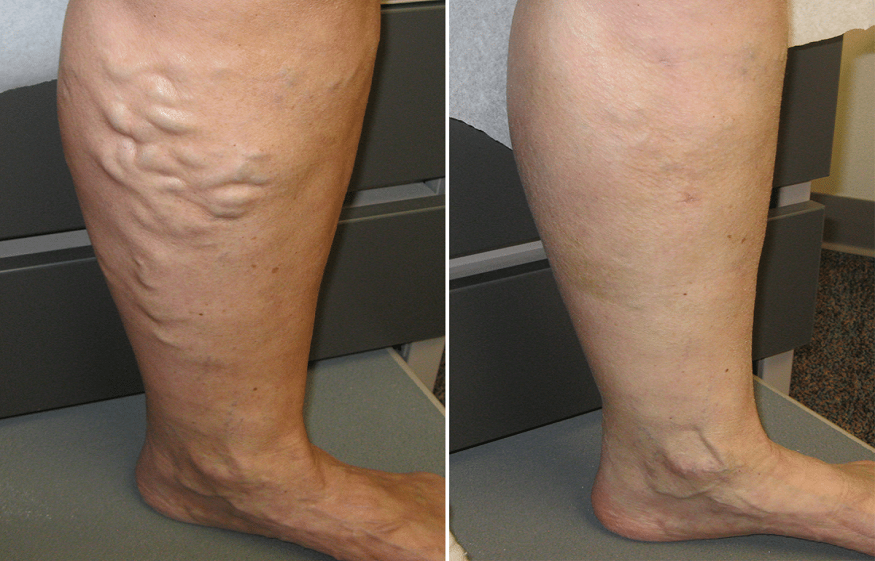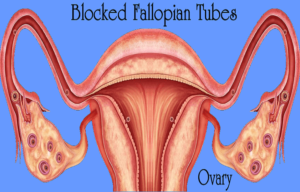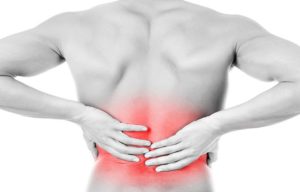Varicose Veins General Treatments Available Today

The vascular system is one of the three divisions of the human body which carry blood and other fluids through the blood vessels. Blood circulates from the heart to the various parts of the body, such as the lungs, the brain, the brainstem, the digestive system, the reproductive system, the skin, the bones, and the joints. Blood is pumped and carried around all these different parts of the body. The capillaries are microscopic holes that lead from the heart and arteries and allow it to flow. Each hole has tiny vessels attached to it which will carry the nutrients and the wastes from the heart and carry it to the various other places in the body. Veins are the smallest of all the vessels. They are about a micron in size and are hollow to channel the blood to the various parts of the body.
The structure of the blood vessels is important in how the veins work. The vessels are hollow and allow blood to pass through them. The walls of the vessels are very thin.
Read more: Dr. David Crawford Talks About The Important Treatments Offered By Orthopedic Surgeons
The vein walls contain fibers that help the vessels to grow and form new vessels as they become blocked. The function of the veins in blood vessels is to provide a fluid cushion to allow the blood to move freely. Veins are very important in maintaining proper blood pressure and fluid balance in the body. They help in carrying the nutrients and wastes from the heart and kidneys to the different parts of the body. They also help the blood to clot and reduce swelling. The valves in the veins are used to stop the blood from passing when the valves become dysfunctional.
Varicose Veins and Spider Veins
We also realize that varicose veins and spider veins are two of the vascular issues that have been identified frequently. The primary difference between varicose veins and spider veins is that varicose veins are found along the skin and extend down into the muscle tissue. While spider veins are blood vessels that grow very slowly, they can be found anywhere along the body including the face, hands, and feet. You can even find these large veins in the neck area.
Also, the veins themselves are not inflamed, or swollen, but rather, they may be larger and deeper. In contrast, the venous system is one of the few systems that do not require an inflammation of the blood vessel for the veins to grow. As a result, they may not be very visible, but their presence is present in the skin. In addition, since they grow very slowly, most people will not have any noticeable signs of them unless the vein walls rupture.
Read more: Benefits of Chiropractic Treatment
The good news is that these varicose and spider veins do not need to be treated as they are relatively benign. However, most doctors will recommend some type of treatment to get rid of the problem in the areas where they are present. However, some of the treatments they may suggest can also help to alleviate the appearance of these large veins.
Treatment
Sclerotherapy is a procedure where vein-dilating drugs are injected into the tissue that is affected by varicose or spider veins. People who have had sclerotherapy know exactly what this procedure entails. For some people, it is an unpleasant experience and others can be in favor of it. The most common side effect of sclerotherapy is redness, swelling, and irritation of the treated area. In some cases, there can be pain and discomfort. There is a possibility that the treated vein will collapse and become infected. In addition, there is a danger of infection in the treated vein and permanent scarring if the treatment is done incorrectly.







